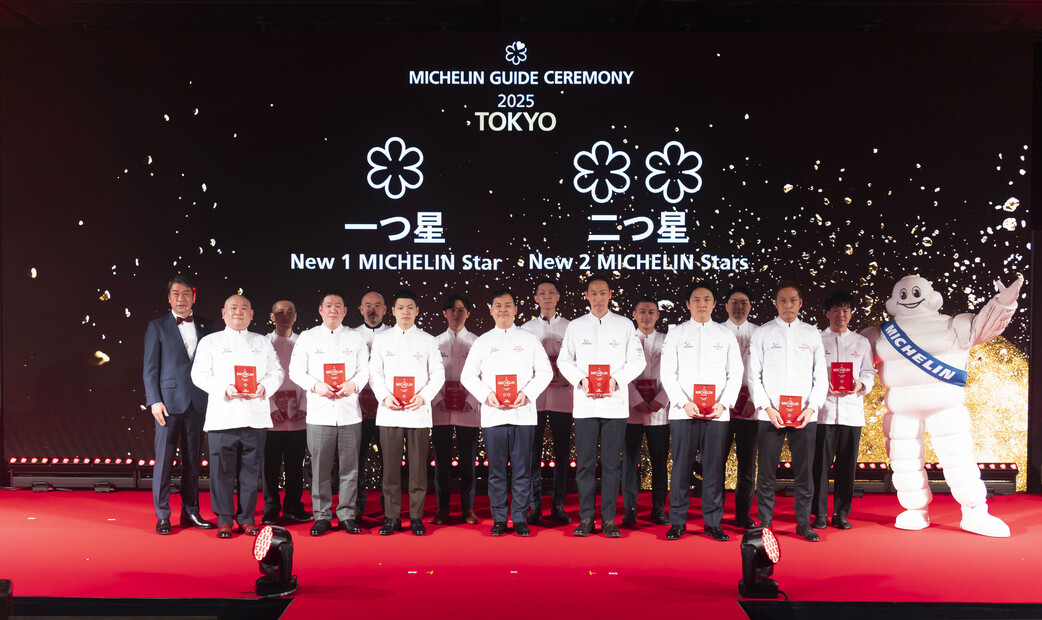
MICHELIN Guide Ceremony Tokyo 2025 Awards: 15 Restaurants Newly Awarded Stars and Special Accolades Presented
The 2025 Michelin Guide Ceremony, held in Tokyo on October 17, 2024 awarded new Michelin stars to 15 restaurants and presented three special awards, including Japan’s first Sommelier Award.
The awards ceremony for the MICHELIN Guide Tokyo 2025
The awards ceremony for the MICHELIN Guide Tokyo 2025 was held on October 17, 2024, and we at OMAKASE, an official partner of Michelin, were in attendance.




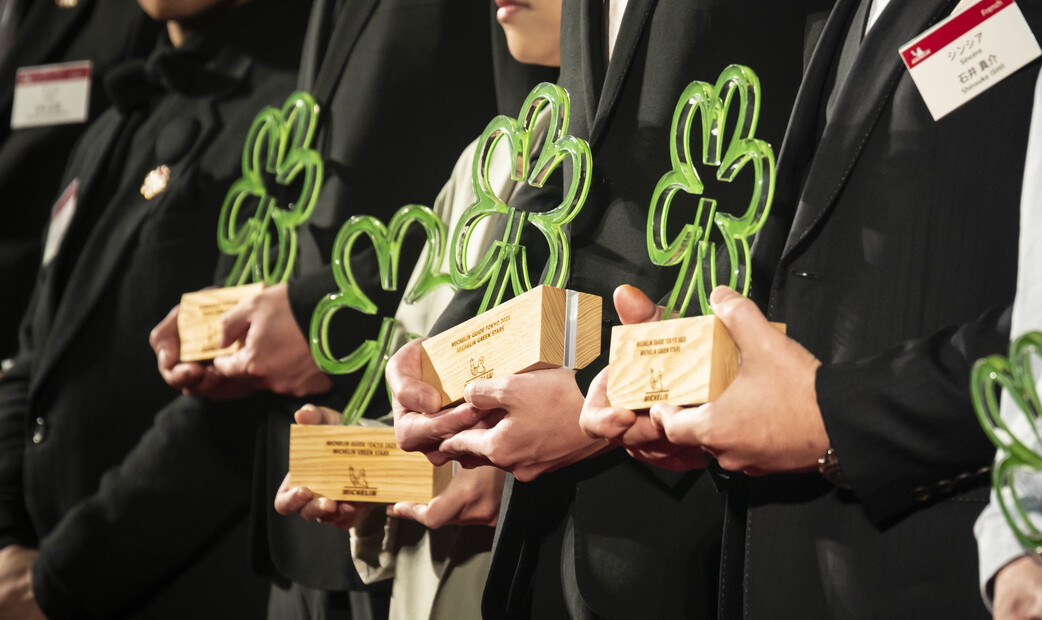
At the venue, guests were served light refreshments from restaurants featured in the MICHELIN Guide.

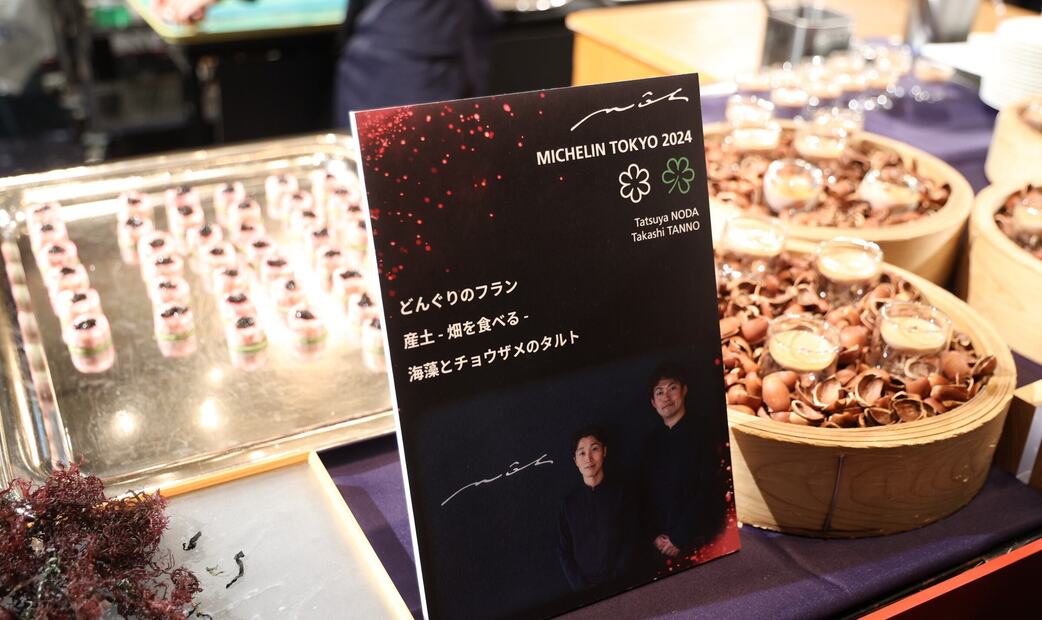
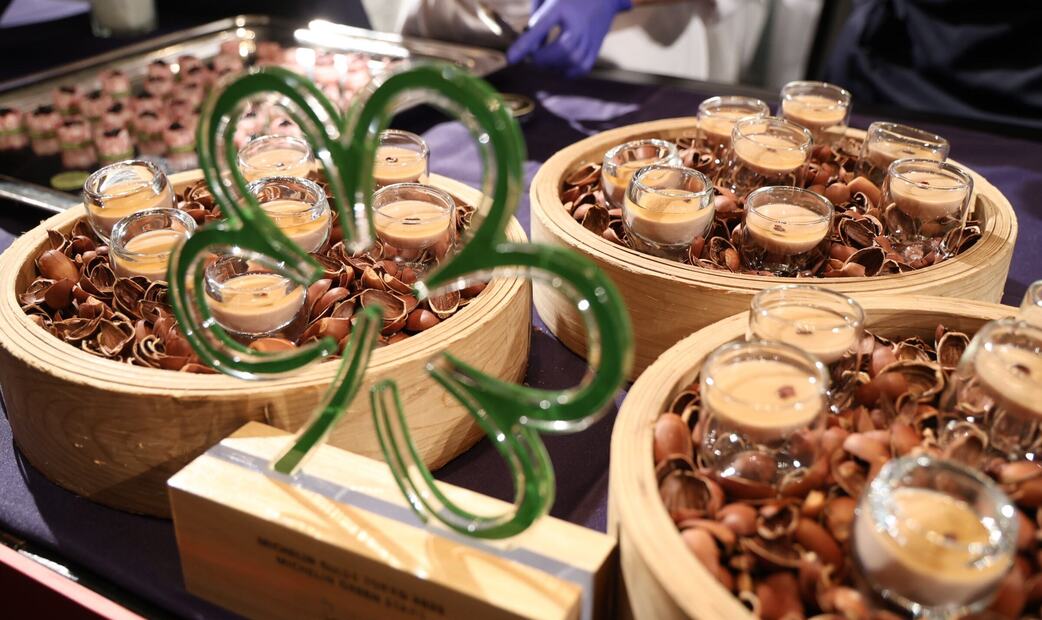
MICHELIN Guide Tokyo 2025 Overview
Total listings: 507 establishments
- Three Stars: 12 restaurants (1 promoted)
- Two Stars: 26 restaurants (1 promoted)
- One Star: 132 restaurants (3 promoted / 10 new)
- Bib Gourmand: 110 restaurants (13 new)
- Selected Restaurants: 227 establishments (41 new)
- MICHELIN Green Star: 12 restaurants (1 new)
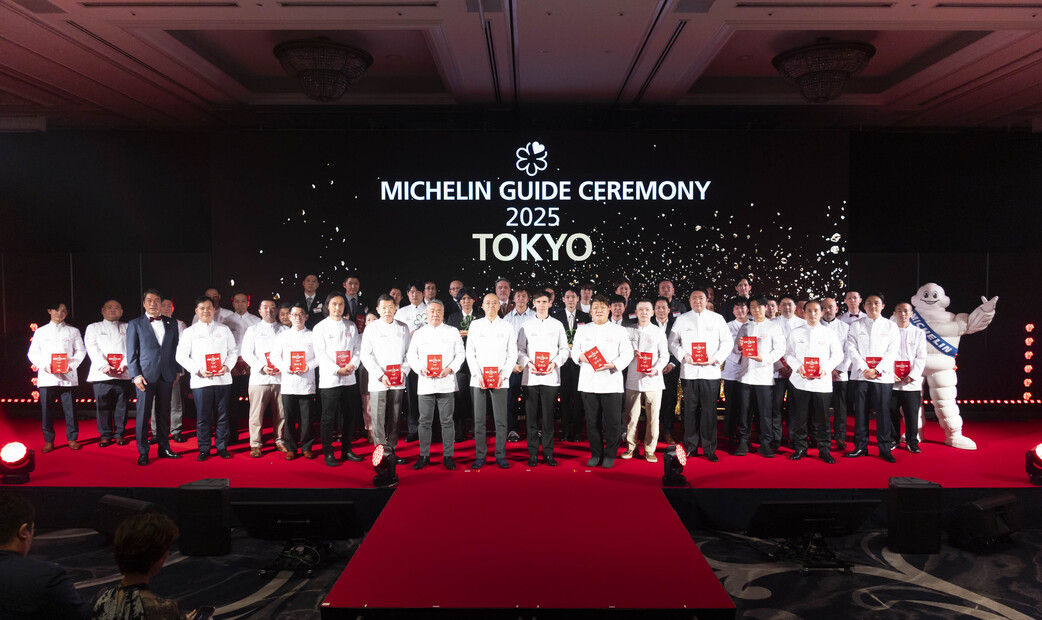
Special Awards
We present the three MICHELIN Special Awards, including the inaugural Sommelier Award.
Mentor Chef Award
The MICHELIN Mentor Chef Award is presented to chefs who have created an outstanding legacy. These chefs serve as role models who have impacted the culinary world through their apprentices and personal mastery.
Sushi Kanesaka (鮨 かねさか) / Sushi
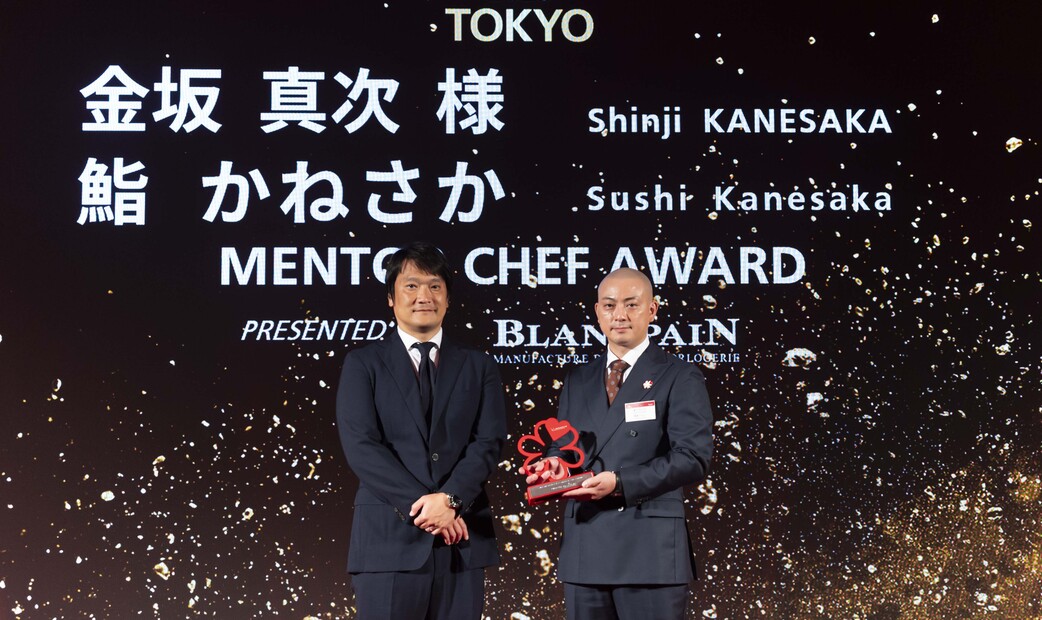
The 2025 Mentor Chef Awardee is Shinji Kanesaka of Two MICHELIN Star restaurant Sushi Kanesaka. His influence has expanded beyond Japan’s borders in the careers of his talented students, and via his own ventures in Singapore, Hong Kong, and the United Kingdom. Shinji Kanesaka spreads Japanese culture through his nigiri sushi and the use of Japanese decor throughout his domestic and international venues.
Sushi Kanesaka also has branch restaurants in the Palace Hotel and in Nagatacho.
Sommelier Award
A recognition of not only wine expertise, but talent in selection, service, and pairing, Japan’s first MICHELIN Sommelier Award was presented to Eiji Wakabayashi.
ESqUISSE (エスキス) / French
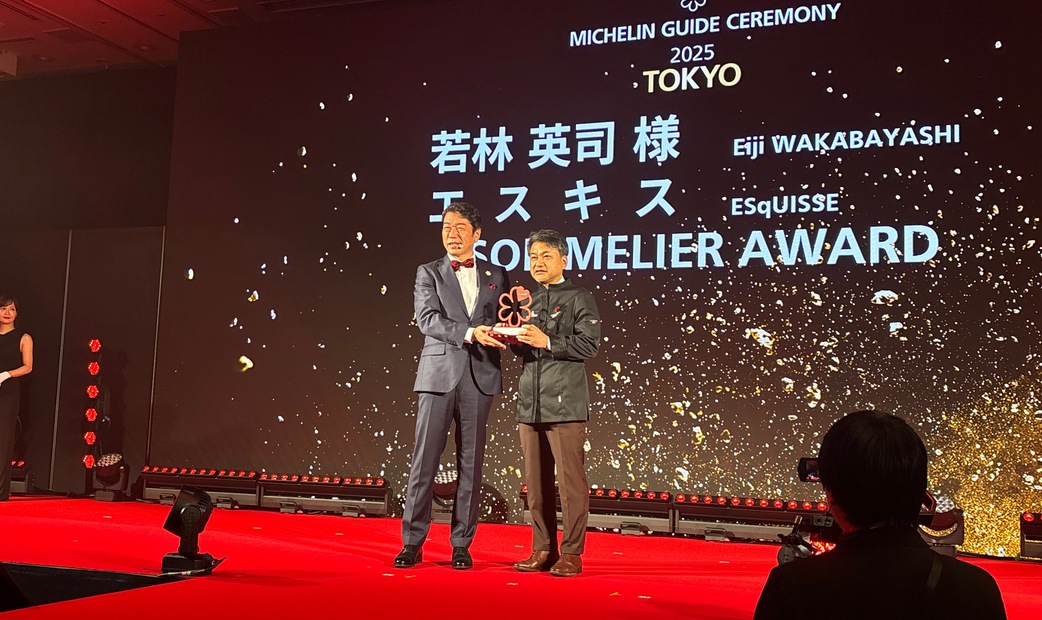
Eiji Wakabayashi is the General Director and chef-sommelier of ESqUISSE, a Two MICHELIN Star restaurant. His experience extends beyond the dining room to television appearances, educational programs at wine schools, and article authorship. He has played an important role in the development of Japan’s wine culture.
Service Award
The Service Award, granted to staff members who display outstanding guest service skills was presented to Rie Yasui, the General Manager of CYCLE by Mauro Colagreco.
CYCLE by Mauro Colagreco (スィークル) / French
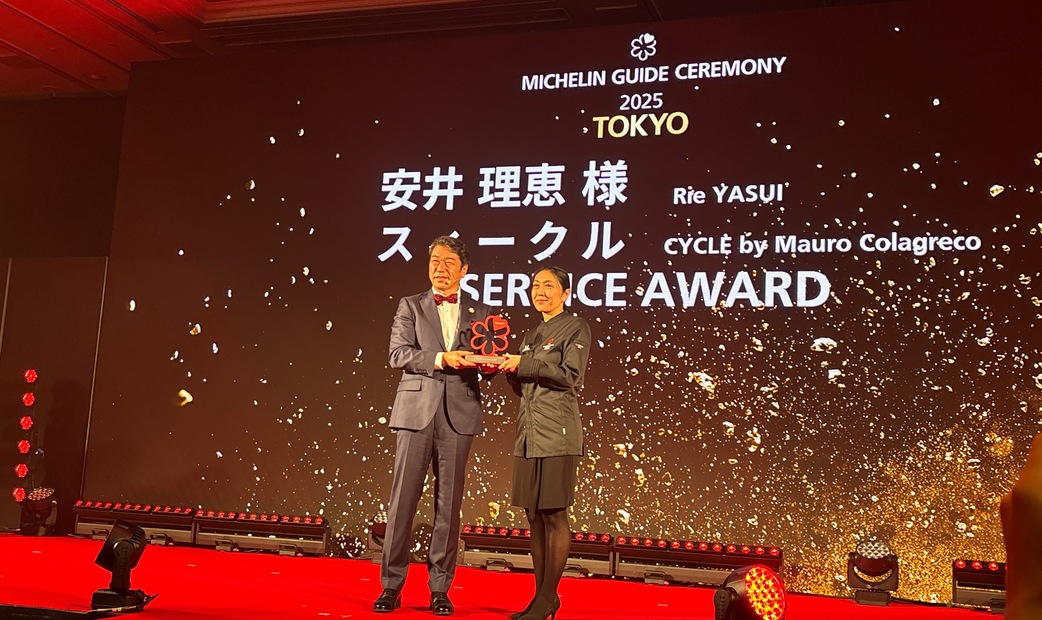
Rie Yasui’s close bond with the chef and warm demeanor create a harmonious dining room as natural as the concept behind CYCLE. Her breadth of international experience and language capabilities add to her skill at creating an excellent environment for guests. Ms. Yasui has demonstrated a unique ability to embody her role in a professional but disarming manner.
Newly Starred and Promoted: Tokyo's Latest Michelin Honorees
Many of the restaurants newly awarded stars can be booked through the OMAKASE website.
New Three Star Restaurants
SÉZANNE (セザン) / French
Promoted from Two Stars to Three Stars
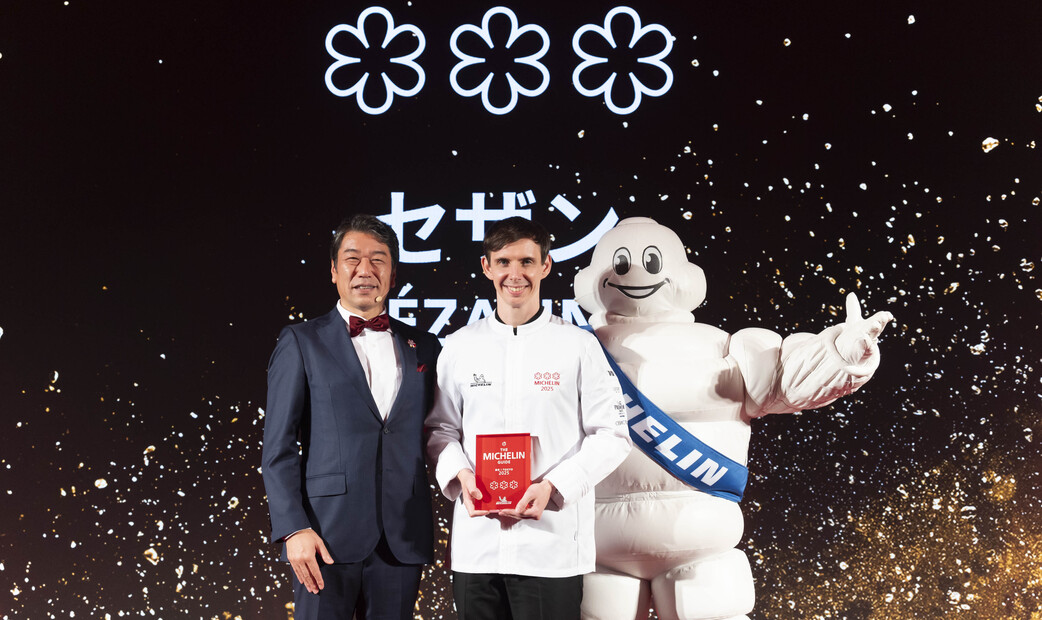
A culinary pilgrimage through the auspicious career of Chef Daniel Calvert. His winter crab menu, duck foie gras slow poached with chicken leg and soy sauce, and elegant bite-sized amuse have become sensations that encapsulate Chef Calvert’s artful dialogue between the flavors of France, Hong Kong, and Japan.
New Two Star Restaurants
Tempura Motoyoshi (天ぷら 元吉) / Tempura
Promoted from One Stars to Two Stars

Tempura Motoyoshi, newly awarded Two Stars, uses liquid nitrogen to create tempura that borders on molecular gastronomy. Flavors are intense without being heavy, and innovative while maintaining a respect for the art of tempura. Chef Kazuhito Motoyoshi introduces new gastronomic experiences in his open kitchen concept.
New One Star Restaurants
Héritage by Kei Kobayashi (エリタージュ バイ ケイ コバヤシ) / French
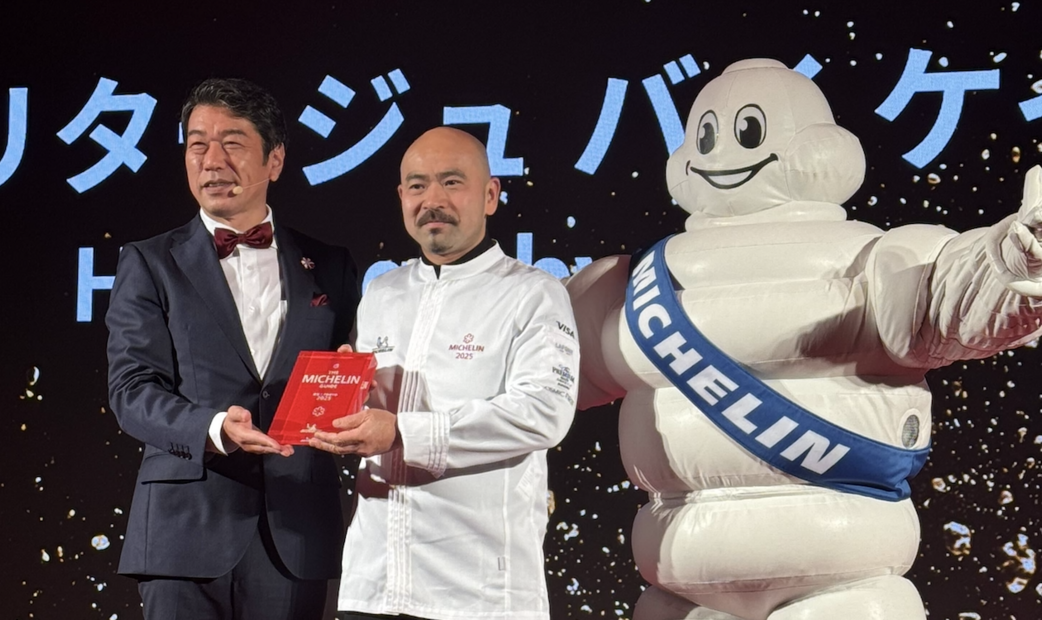
By applying traditional cooking methods to modern cuisine, this concept by Three Star Chef Kei Kobayashi conveys his appreciation for French food culture to future generations.
PRIMO PASSO (プリモ パッソ) / Italian
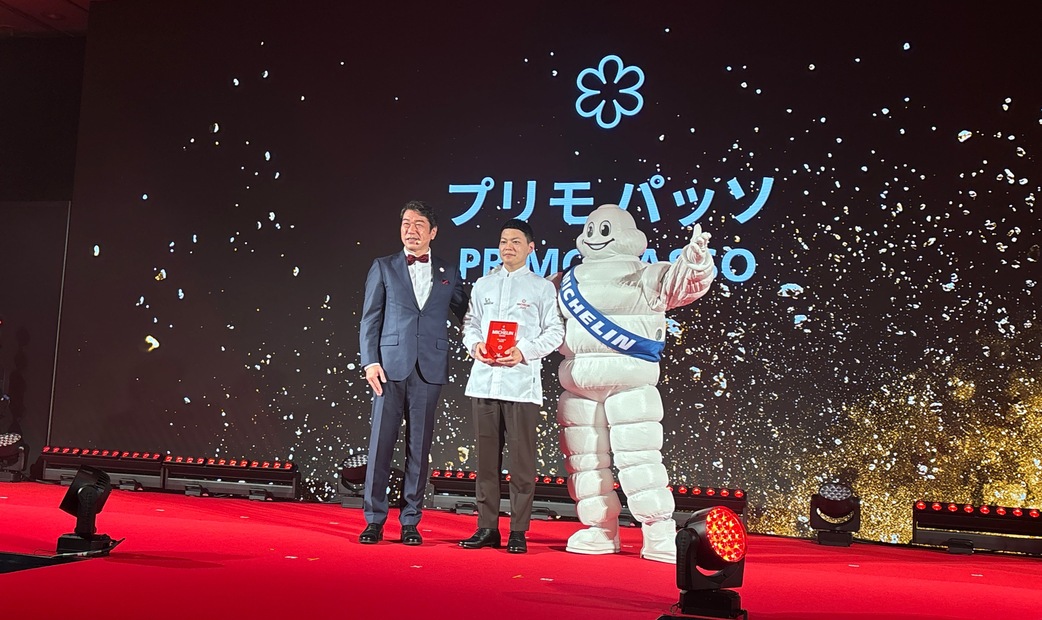
Uniquely Japanese Italian, created through the prominent use of dashi, Japanese interior design and architectural elements, and vertically oriented menus.
Yakitori Takahashi (焼鳥 髙はし) / Yakitori

Exceptional attention to detail elevates yakitori from shamo breed chickens, first introduced to Japan in the Edo era from Thailand. Yakitori Takahashi carefully monitors the method of skewering, charcoal arrangement, and cooking style of each skewer.
apothéose (アポテオーズ) / French
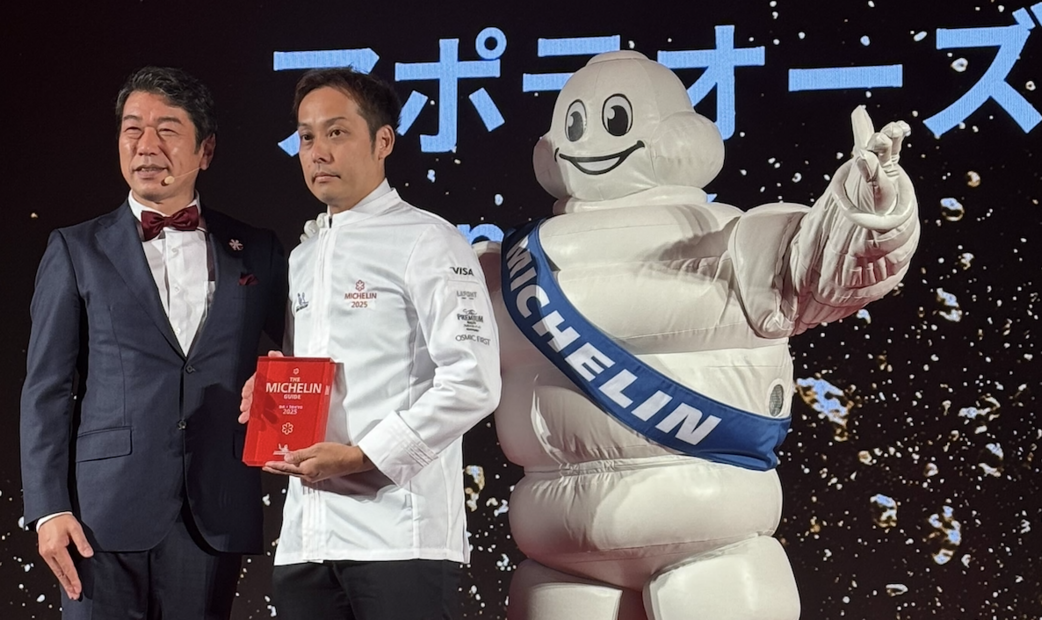
Apothéose reaches for the sky at the top of Toranomon Hills Station Tower. Chef Keita Kitamura exhibits a deep interest in the exploration of French food culture and Japanese ingredients.
hortensia (オルタンシア) / French
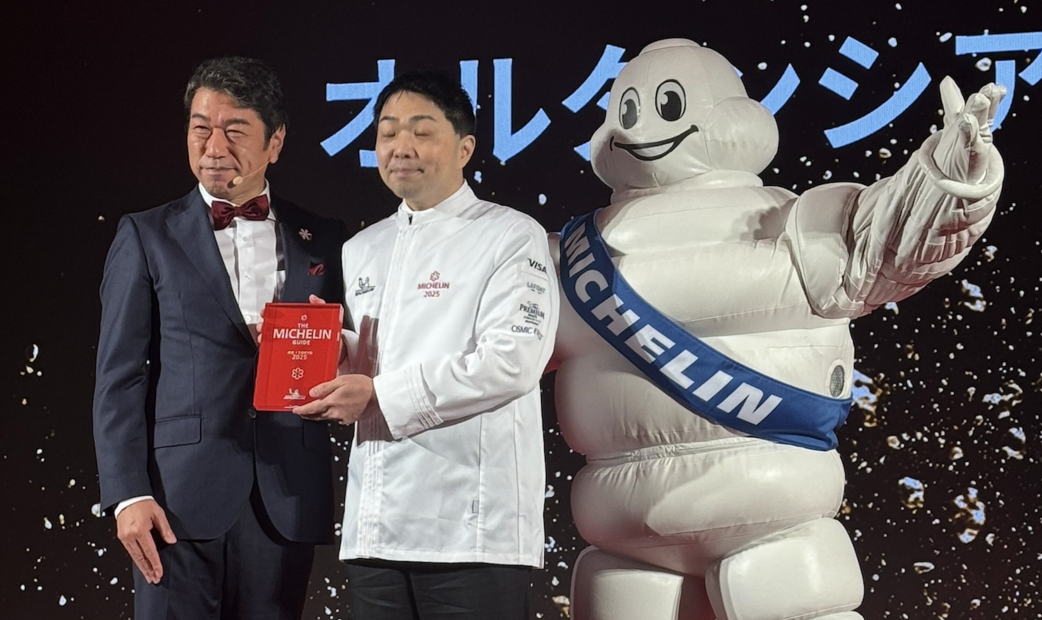
Artistic dishes blend gastronomy and art under the theme of concentration and flavor. Each course is presented on serving ware by domestic artisans.
Kappo Muroi (割烹 室井) / Japanese
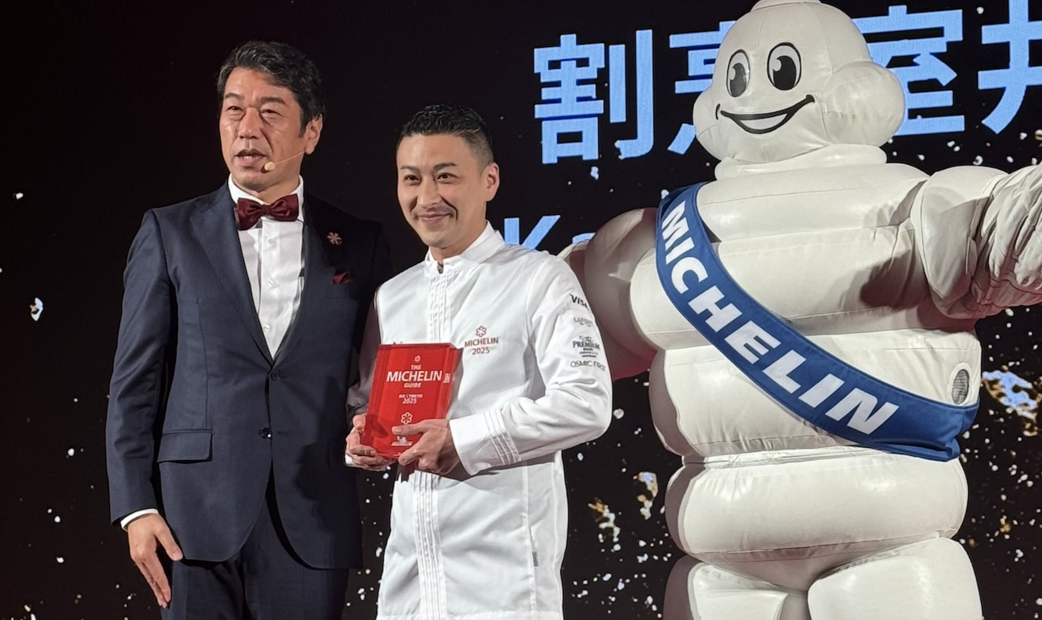
Staunch classicism without staleness is the hallmark of Kappo Muroi. New and old combine to create an individual approach to old fashioned boiled dishes and thin soups.
Sanosushi (佐野鮨) / Sushi
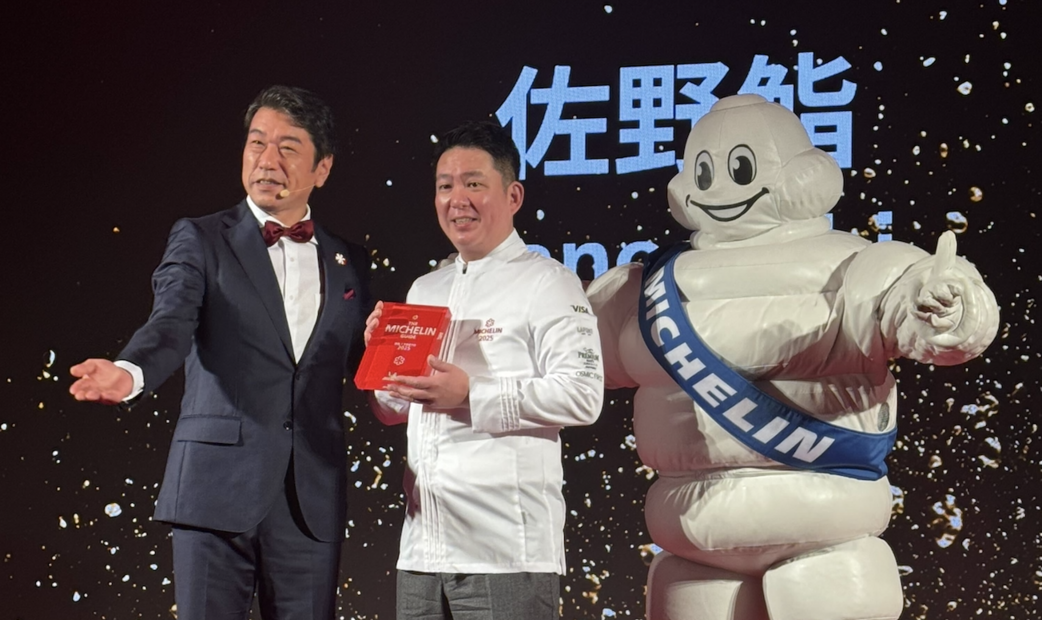
A new concept fashioned in the old style. This sushi-ya evokes a nostalgic atmosphere through its use of retro wooden menu planks and classical edo-mae sushi.
CYCLE by Mauro Colagreco (スィークル) / French

Courses follow the theme of root, leaf, flower and fruit, bookending the meal with snacks and mignardinaise that express the ideal of cyclical gastronomy as an extension of the natural world.
Saucer (ソーセ) / French

Chef Kazuma Gunji of Saucer was a saucier during his apprenticeship, a legacy he has carried through to the forefront of his own restaurant. The signature “Saucer” dish consists of simply a plate of bread and sauce for dipping.
hakunei (白寧) / Contemporary
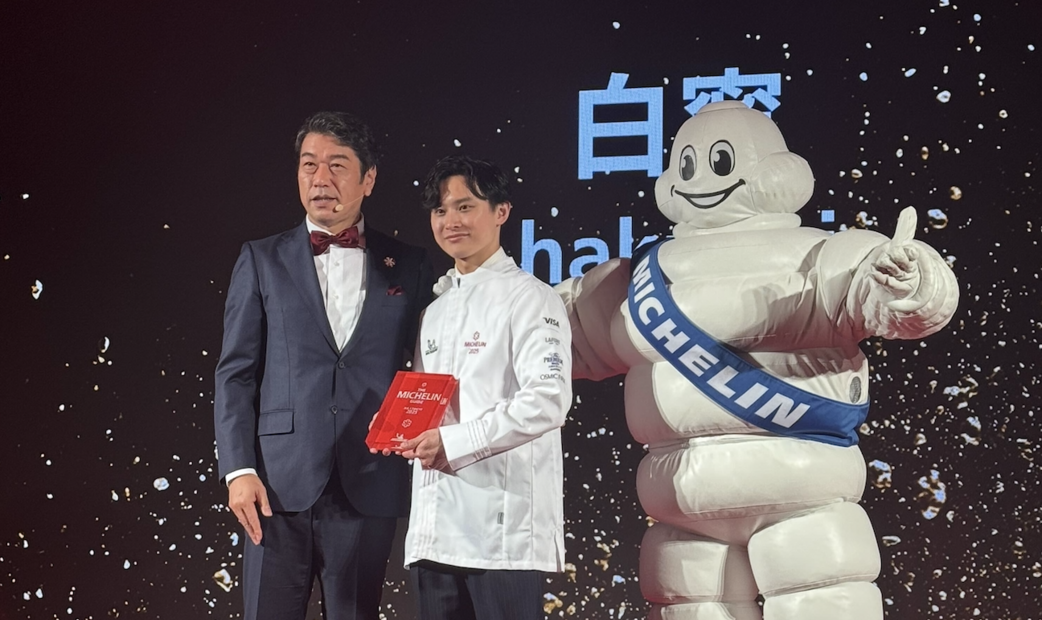
Built from the characters for white and politeness, hakunei’s name reflects its dedication to careful service and sincere cuisine. Both are perfectly captured in the venue’s mille crepe dish.
Higashiyama Muku (東山無垢) / Japanese
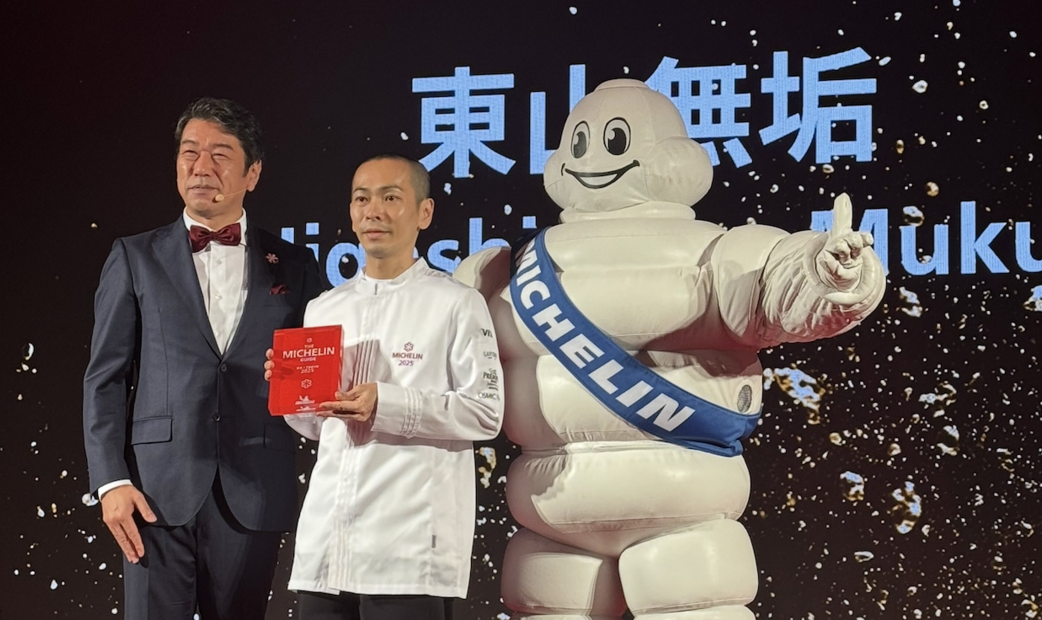
Diners are wrapped in the serenity of a white dining space while dishes light up the tabletop with each course. Menu items follow the thread of purity and innocence, staying faithful to the flavor held within each ingredient.
Yama (山) / Assiette Dessert
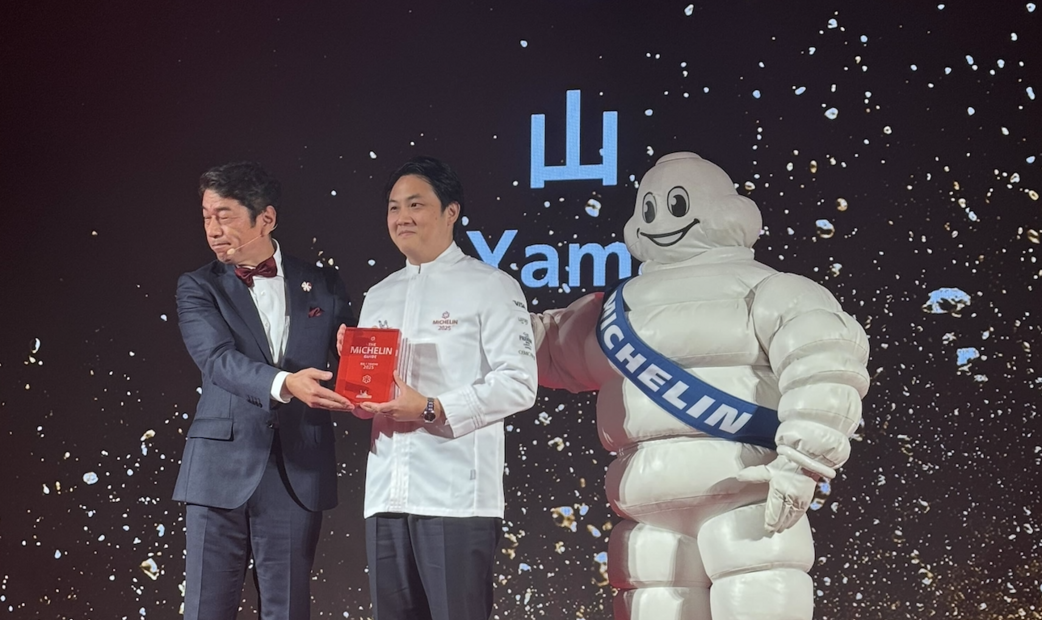
Japan’s first MICHELIN Star-awarded dessert specialist, Yama uses fruits sourced from farms the chef visits personally. The use of fragrance, texture, temperature balance and inclusion of vegetables creates a satisfying flow.
Yotsuya Minemura (四ツ谷 みね村) / Japanese
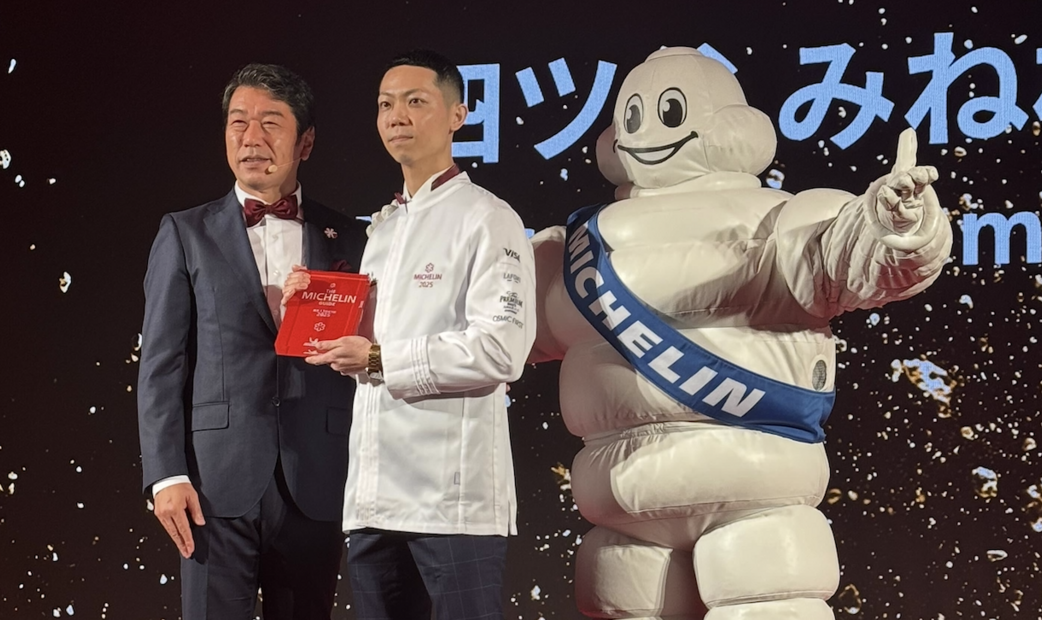
The omakase course expands beyond kaiseki-style dishes to include courses inspired by sushi and soba. The sweet tamagoyaki, taken after the final bite of a sushi course’s rhythm is particularly notable.
New Green Star Restaurants
Daigo (醍醐) / Japanese
Daigo shows gratitude for nature’s bounty with a course menu that follows the Buddhist principle that no ingredient should go to waste.
Many of the restaurants featured in the MICHELIN Guide can be booked through OMAKASE JapanEatinerary.


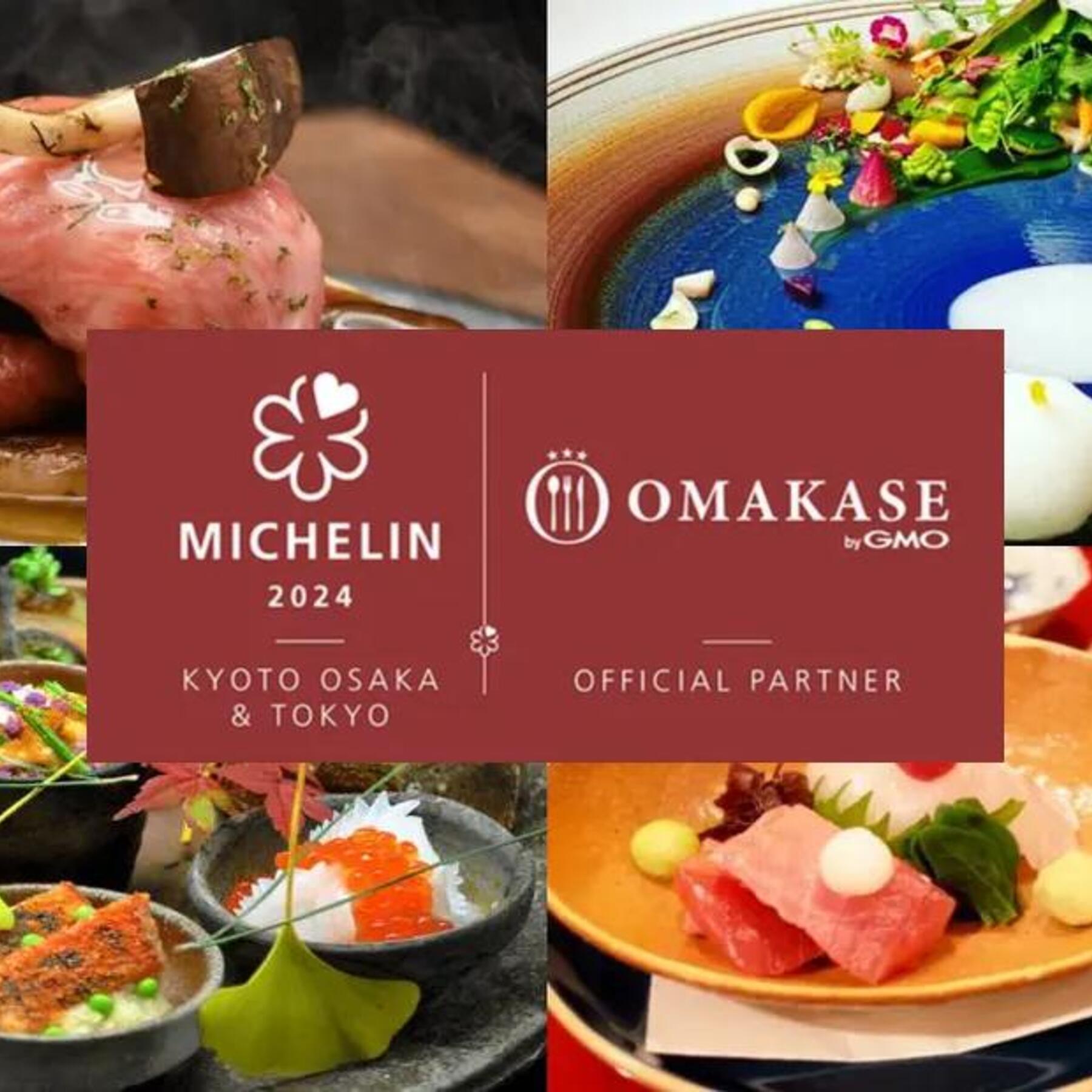
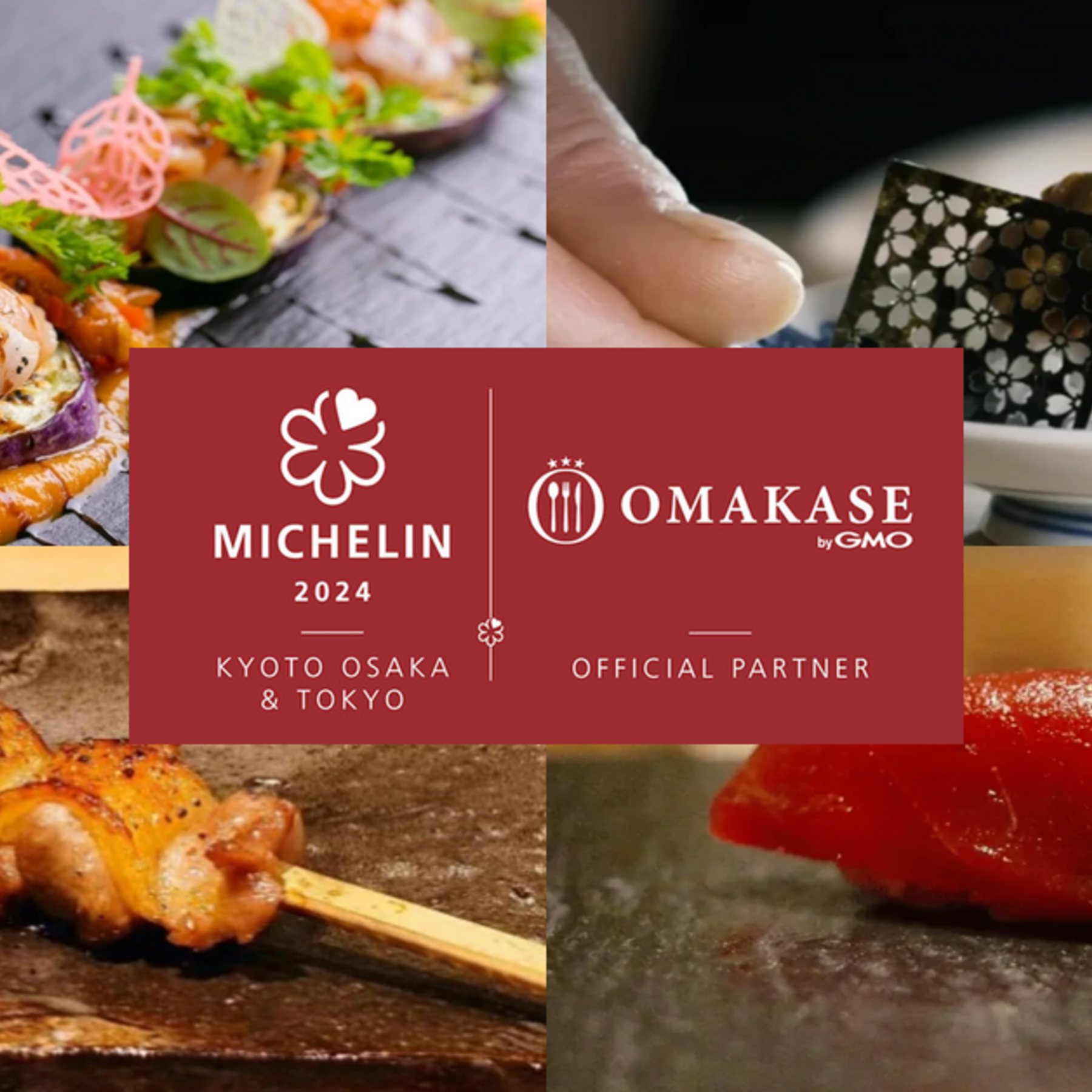
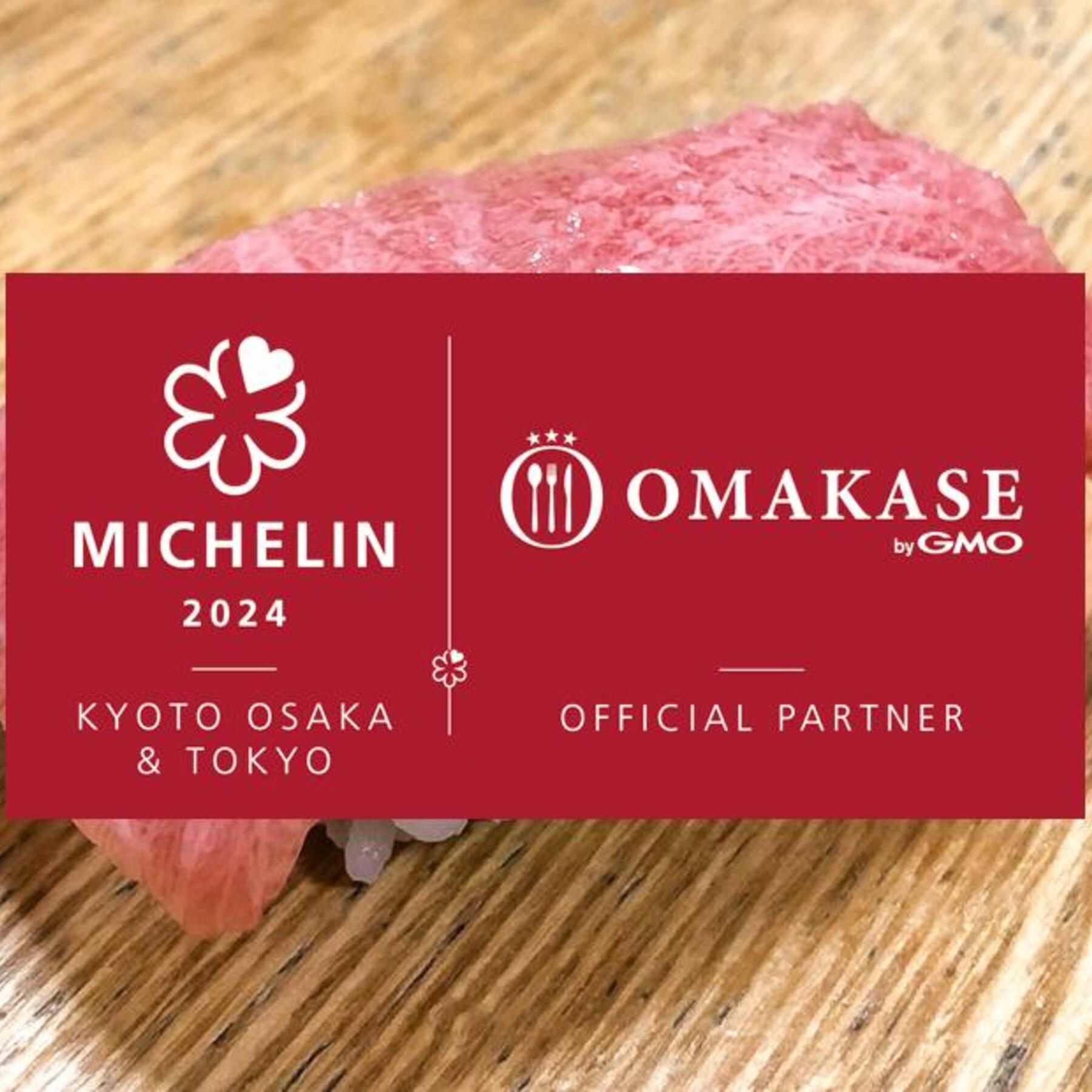
.jpg)